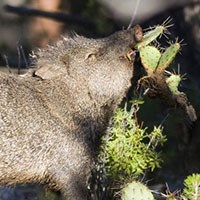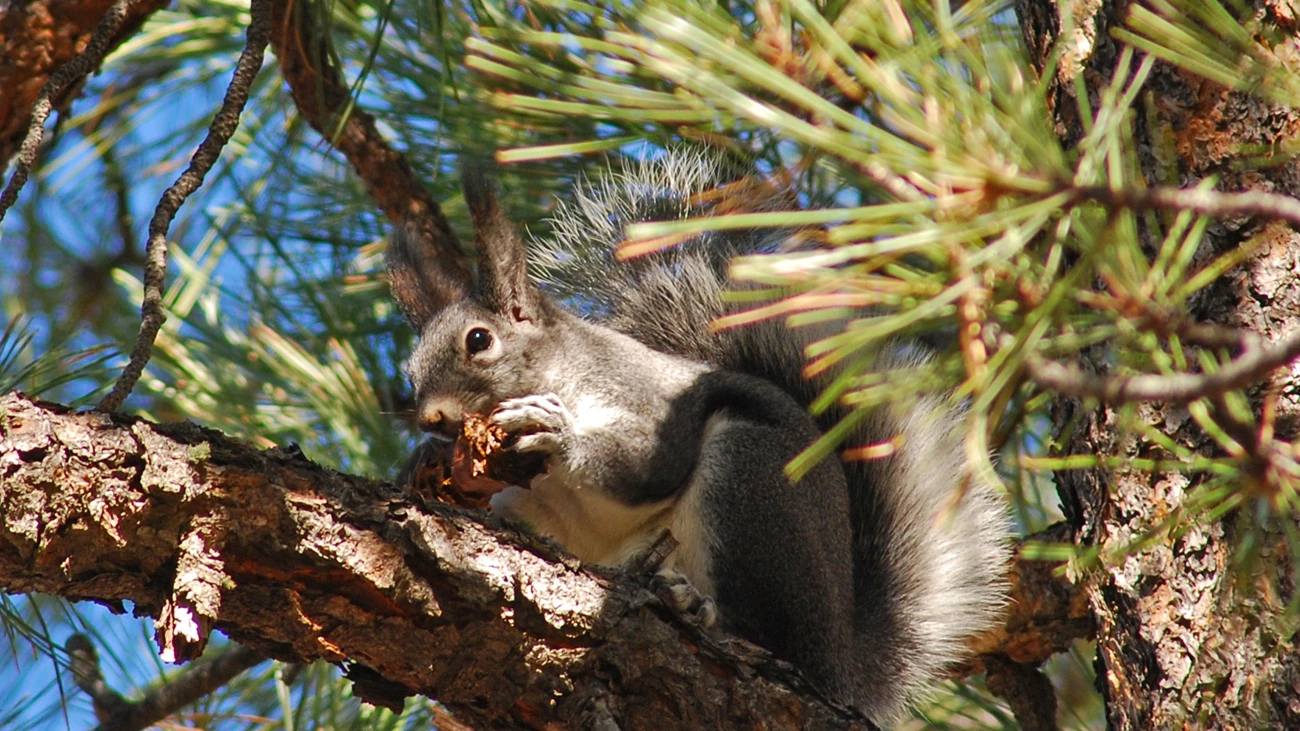
NPS Over 90 species of mammals call Grand Canyon National Park home, giving this park higher mammalian species diversity than Yellowstone. From the largest land animal in North America to some of the highest bat species diversity in the United States, Grand Canyon is home to a far larger mammalian population than many people think. Most visitors to the park see mule deer, elk, and squirrels, but many of Grand Canyon's mammals are secretive or nocturnal and move around unnoticed.
Please follow our Wildlife Viewing and Safety Tips! Select a Park:Select a Species Category (optional):
Search results will be displayed here.
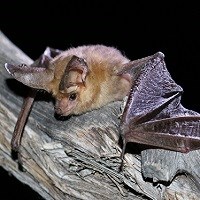
NPS Eric Hope Grand Canyon National Park is home to one of the highest bat diversities anywhere in the United States, providing habitat to 22 species of bats. Many bats in the park eat insects, with the Little Brown Bat (Myotis lucifugus) capable of eating 1,200 mosquito-sized insects an hour. Others feed on fish and yet others eat the nectar of fruit producing plants-helping to pollinate the plants. However, a fatal disease has started to infect these creatures across the country. White-Nose Syndrome has not reached Arizona but is likely in the next few years. Although it’s unlikely you’ll encounter all of Grand Canyon’s bat species during your visit, look into the evening and night skies to view the only mammals capable of true flight. 
NPS One of the largest and most charismatic of Grand Canyon National Park's wildlife is the desert bighorn sheep (Ovis canadensis nelsoni).
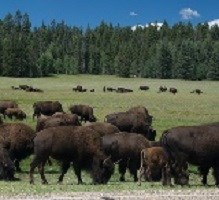
NPS Photo/ P. Andrews Bison 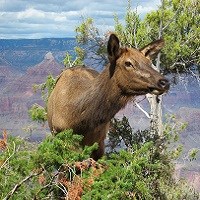
NPS Eric Hope Elk
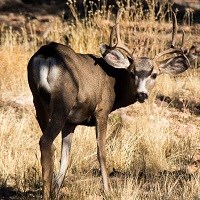
NPS Eric Hope Mule Deer
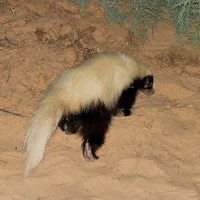
NPS Jen Hiebert The Grand Canyon is home to one of the world’s largest species of skunk, the American hog-nosed skunk (Conepatus leuconotus). The park is north of the species’ known range, but two skunks were reported by river trips on the Colorado River in 2014. It is unknown whether the species has been overlooked in the Grand Canyon in the past, or if it has expanded its range northwest. These sightings suggest a breeding population on both sides of the river. Park biologists are beginning a study of the distribution and presence of hog-nosed skunks in the canyon. 
NPS Mountain Lion 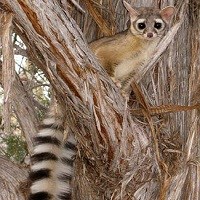
NPS Ringtail NPS Photo JavelinaJavelina (Tayassu tajacu) are known by many names: collared peccary and musk hog are commonly used. Javelina young are sometimes called reds because of the color their fur at that stage. No matter what you call them, javelinas are not pigs. They are however, hoofed mammals that look quite like pigs. Ancestors of today’s javelinas made the journey, over the Bering land-bridge, eventually to Central and South America. Javelinas can sometimes be seen on the South Rim of Grand Canyon National Park. Mammals in Southwestern Parks |
Last updated: March 14, 2024

